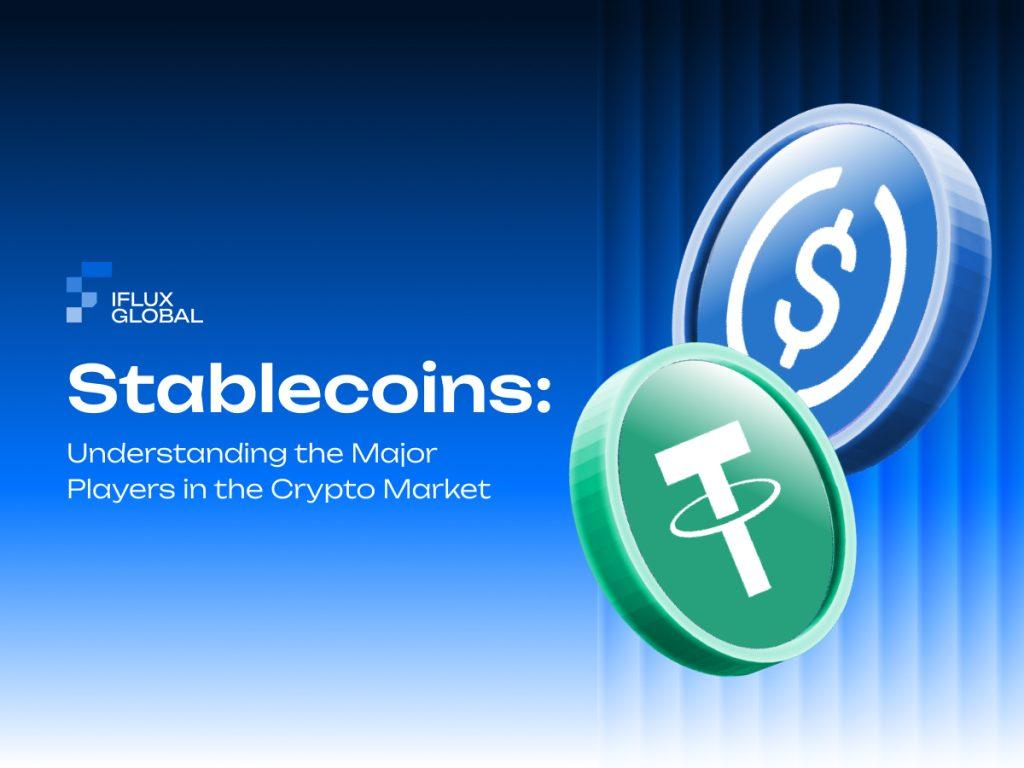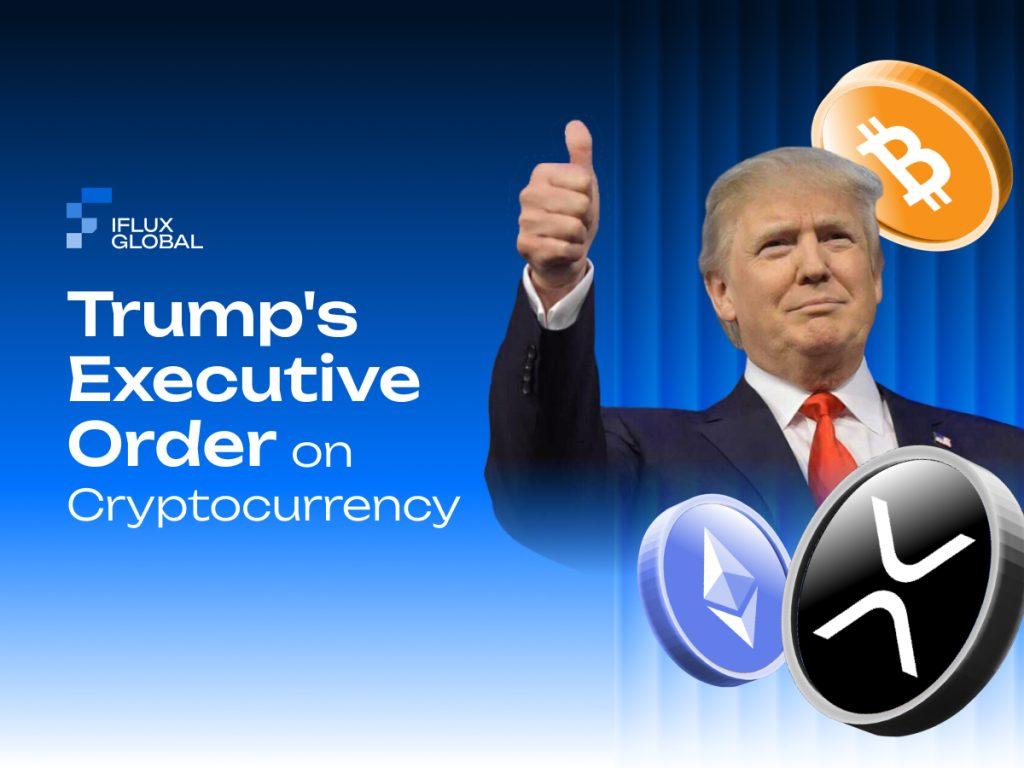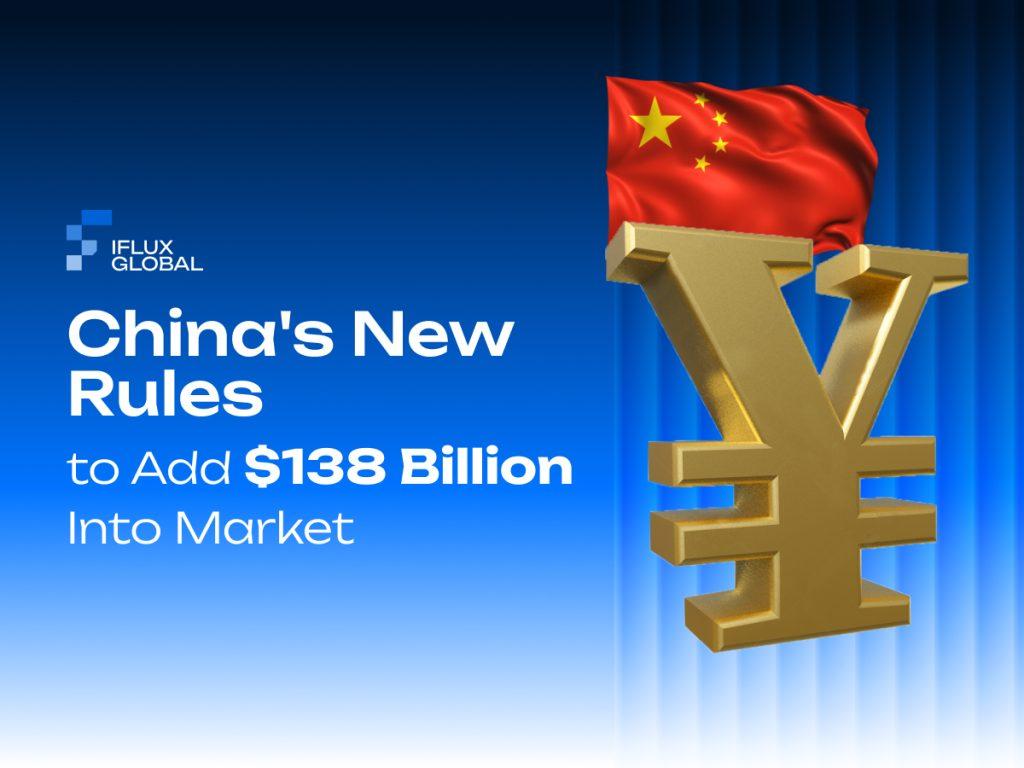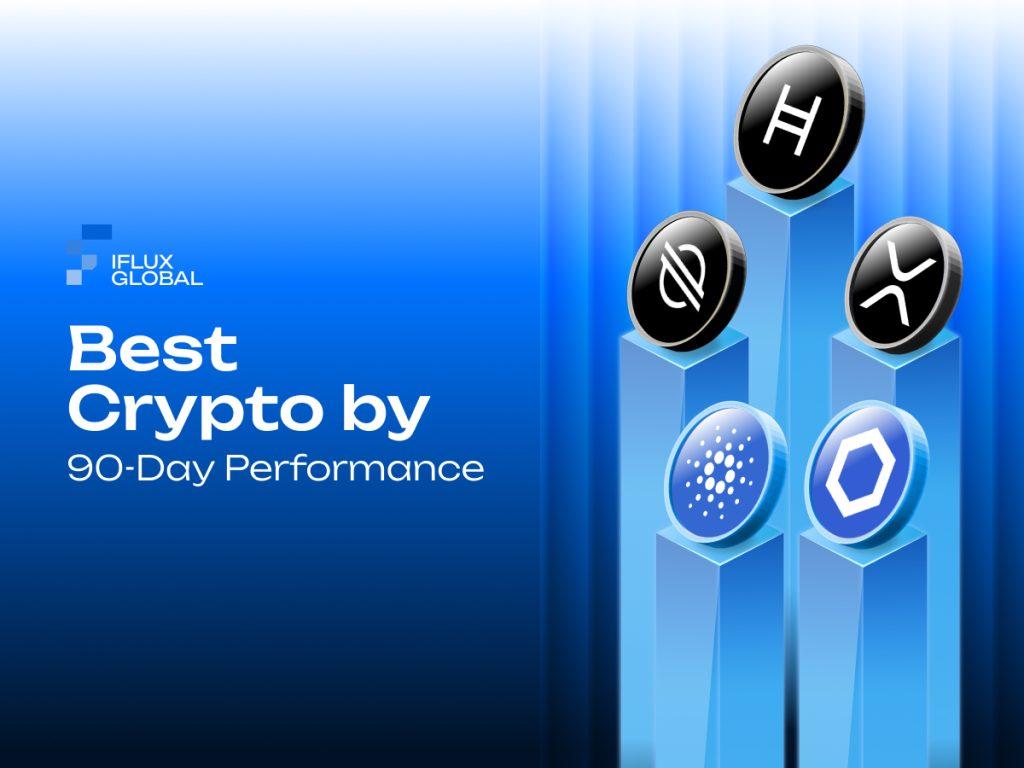This article explores the function of stablecoins, and their impact on the digital economy.
In the fast-paced world of cryptocurrencies, stablecoins have become essential tools that connect traditional finance with digital assets. Two of the most prominent stablecoins, USDC (USD Coin) and USDT (Tether), are at the heart of this ecosystem, providing stability in an otherwise volatile market.
What Are Stablecoins?
Stablecoins are cryptocurrencies that aim to maintain a stable value relative to a specific asset or basket of assets. While most are pegged to the US dollar, some stablecoins are backed by other fiat currencies, commodities, or even other cryptocurrencies. Their primary purpose is to combine the stability of traditional assets with the technological advantages of digital assets.
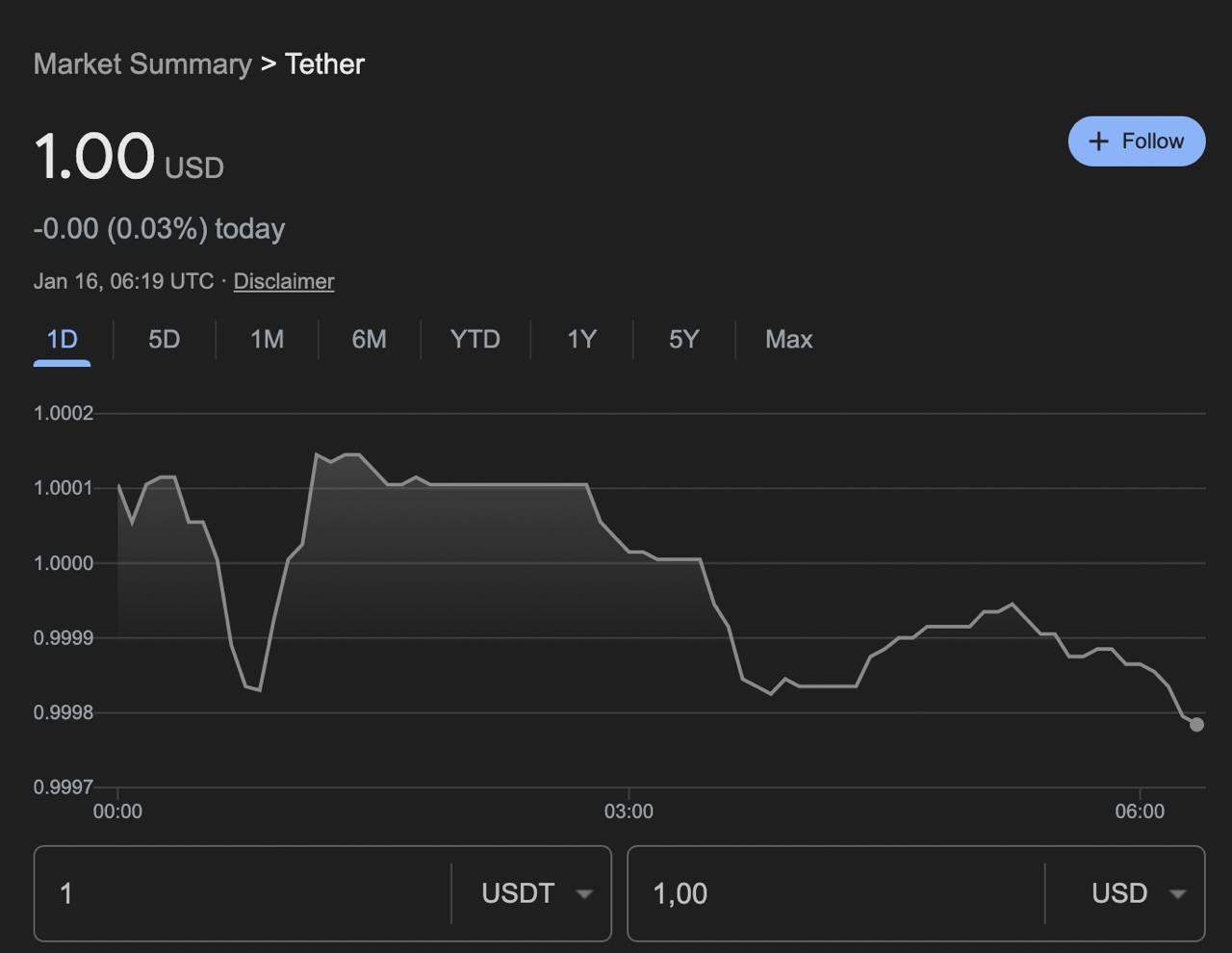 Source: Google
Source: Google
How Many Types of Stablecoins?
Stablecoins can be broadly categorized into four main types, based on the mechanism used to maintain their price stability:
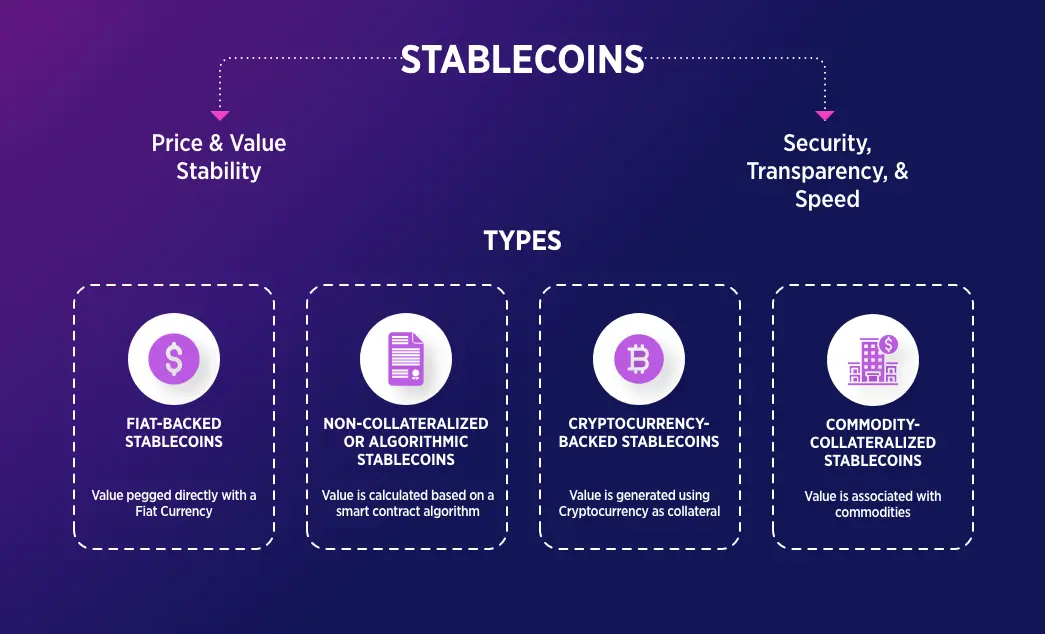 Source: Bitcompare
Source: Bitcompare
- Fiat-Collateralized Stablecoins
- Backed by fiat currencies like USD, EUR, or GBP held in reserves.
- Each issued stablecoin represents a fixed unit of the underlying currency.
- Examples: USDT (Tether), USDC (USD Coin), BUSD (Binance USD).
- Crypto-Collateralized Stablecoins
- Backed by cryptocurrencies as reserves.
- To account for volatility, these are often over-collateralized (e.g., $150 worth of ETH to back $100 of stablecoins).
- Operate using smart contracts for transparency and automation.
- Examples: DAI (backed by ETH and other assets), sUSD (backed by Synthetix).
- Algorithmic Stablecoins
- Use algorithms and smart contracts to adjust supply dynamically and stabilize prices.
- These are typically not backed by any collateral but rely on market mechanisms.
- Riskier and more experimental in nature.
- Examples: AMPL, FRAX (hybrid algorithmic model).
- Commodity-Backed Stablecoins
- Backed by tangible assets like gold, silver, or other commodities.
- Value is tied to the underlying commodity.
- Examples: PAXG (Pax Gold), Tether Gold (XAUT).
Each type has distinct advantages and risks, making them suitable for different use cases such as payments, trading, or savings.
USDC & USDT: Two of The Most Common Stablecoins
USDC and USDT are both “fiat-collateralized” stablecoins, meaning they are backed by traditional currency reserves, specifically the US dollar. Their primary purpose is to maintain a stable value of exactly $1.00, providing traders and investors with a reliable way to move in and out of other cryptocurrency positions while avoiding the high volatility typically associated with cryptocurrencies like Bitcoin or Ethereum.
- USDT (Tether)
 Source: Crypto Logos
Source: Crypto Logos
As the first stablecoin and the largest by market capitalization, USDT was introduced in 2014 by Tether Limited. While also pegged to the US dollar, USDT’s backing has historically included a mix of cash, commercial paper, and other assets. Despite facing scrutiny over its reserves, USDT remains the most widely used stablecoin in the cryptocurrency market.
- USDC (USD Coin)

Source: Crypto Logos
Launched in 2018 by Circle and Coinbase through the Centre consortium, USDC has positioned itself as a transparent and regulated stablecoin. Each USDC token is backed by one US dollar held in regulated financial institutions. Circle regularly publishes attestations of their reserves, demonstrating their commitment to transparency.
Key Differences Between USDC and USDT
- Regulatory Compliance and Transparency
- USDT has faced regulatory challenges and questions about its reserves, though it has made efforts to increase transparency in recent years
- USDC operates under strict US regulations and provides monthly attestations from Grant Thornton LLP
- Market Presence
- USDT maintains the largest market share and trading volume among stablecoins
- USDC is often preferred by institutional investors and regulated entities due to its compliance-first approach
- Use Cases
- USDT dominates in crypto trading pairs and international transfers
- USDC has gained traction in decentralized finance (DeFi) applications and business-to-business transactions
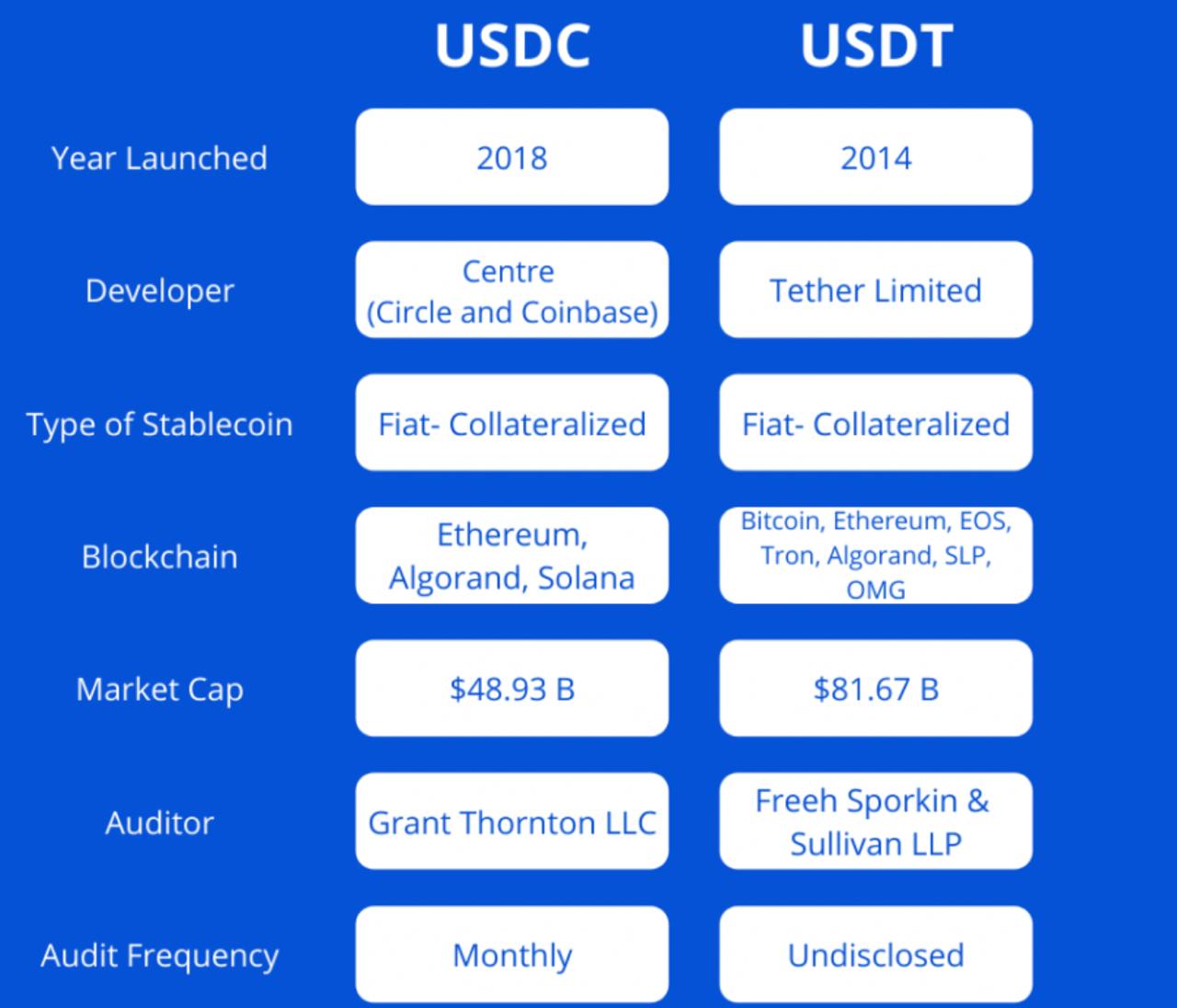 Source: coins.ph
Source: coins.ph
Impact on the Cryptocurrency Ecosystem
Stablecoins serve several crucial functions in the crypto ecosystem:
- Trading Utility: They provide a stable unit of account for cryptocurrency trading pairs
- Cross-border Transfers: Enable fast and cost-effective international money transfers
- DeFi Applications: Serve as collateral and yield-generating assets in decentralized finance protocols
- Payment Solutions: Facilitate digital payments with the stability of traditional currency
Risks and Considerations
While stablecoins offer numerous benefits, users should be aware of potential risks:
- Counterparty Risk: Reliance on the issuing organization to maintain sufficient reserves
- Regulatory Risk: Changing government regulations could impact stablecoin operations
- Technical Risk: Smart contract vulnerabilities or blockchain-related issues
- Market Risk: Extreme market conditions could temporarily affect the dollar peg
Best Practices for Users
- Diversify stablecoin holdings
- Use reputable exchanges and wallets
- Monitor market conditions
- Keep updated on regulatory changes
Future Outlook
The stablecoin market continues to evolve, with both USDC and USDT adapting to changing regulatory requirements and market demands. The rise of central bank digital currencies (CBDCs) and increased regulatory scrutiny may reshape the stablecoin landscape. The fundamental utility of stablecoins suggests they will remain important components of the cryptocurrency ecosystem.
Conclusion
Stablecoins represent a crucial innovation in the cryptocurrency ecosystem, bridging the gap between traditional finance and digital assets. As the market matures, we can expect to see continued innovation and evolution in how these digital assets serve the growing needs of the global financial system.
Visit iFlux Global to easily purchase USDC and USDT through our flexible payment options, helping you access stablecoins efficiently in a secure environment.
